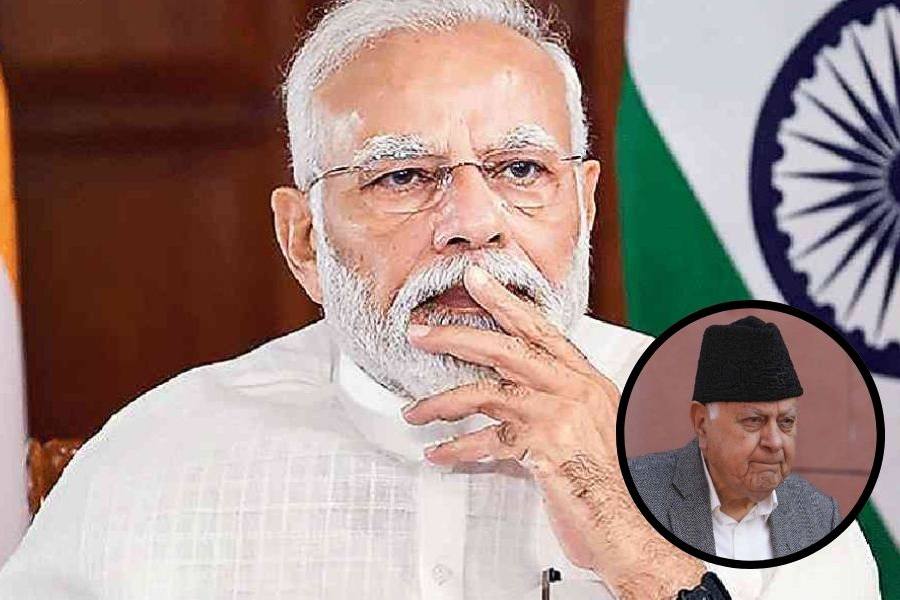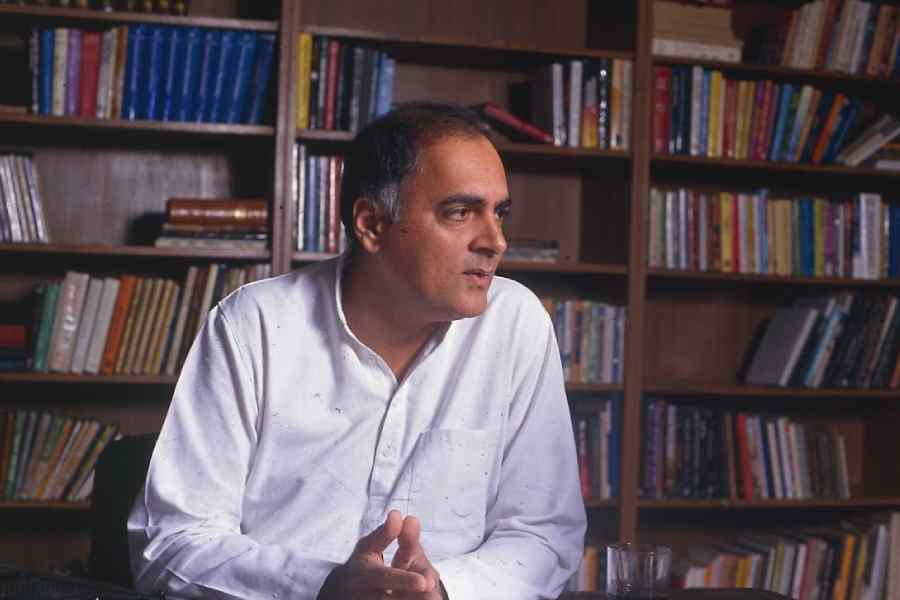Due to the popularity of golf in recent years, there have been many scientific investigations looking into performance, particularly the biomechanical, physiological and injury aspects of golf. Multiple research has shown the importance of strength and power training on club head speed. But there seems to be still confusion with regards to the overall physical requirements for golf. This article will provide insight into the biomechanical, physiological and injury factors related to golf and provide solutions to improve club head speed (an important aspect of golf performance). It should be noted that the technical aspects of golf are not discussed even though it is a critical component of overall performance.
Biomechanical
The maximal displacement during a golf shot is due to the angular club head velocity and the characteristics of the arm-club lever at the point of impact. The angular velocity of the club head is determined by two key factors. First, ground reaction forces. Second, the transfer of body weight whereas characteristics of arm-club lever is influenced by the anthropometrics of an individual. From a training perspective, the angular velocity of the club head can be increased, by improving the ability to generate larger ground reaction forces, speed of movement and efficient deceleration of force.
But due to the various phases of the swing (set up, backswing and follow-through), the range of movements at several joints is employed in multiple planes of motion. Besides, the kinetic linkage from proximal (hips) to distal (shoulders/arms) segments is critical in transmitting greater ground reaction forces that can ultimately influence angular club head speed. Therefore, strength and power training with an emphasis on ground-up force generation sequencing will have a greater transfer of training effect than isolated single-joint approaches. Also, it is important to have adequate mobility across planes of motions, particularly in the hip, ankle, shoulder and thoracic region of the spine for an effective transfer of weight.
Physiological
Unlike most sports, the energy requirement in golf is considerably less. The cardiorespiratory demand is relatively lower. Studies have reported that aerobic fitness level of golfers tend to be similar to the non-athletic population, VO2 max (maximal oxygen uptake) ranging from 35-46 ml/kg/min. Furthermore, one round of golf requires a mean intensity of only 35-41 per cent VO2 max. Therefore, aerobic training should not be the primary training focus for golfers. Instead, anaerobic physical qualities, such as developing explosive strength and power along with adequate mobility, should be prioritised.
Injury mechanism
Golfers tend to experience forces up to eight times their body weight. Due to the complexity of movement, injury risk is an inherent part of the sport. The common sites of injuries documented in golf are lower back, shoulder, elbow and wrist. Due to the rotational component, there is a high amount of axial twisting across joints. In contrast to other rotational sports such as tennis and squash, in golf there is no step or lunge during rotation (more contribution from the hips with a step or lunge), this can put greater stress on the joints, particularly the lumbar region of the spine as there is limited available range of motion due to its structure. The separation of shoulders to hips can be challenging for people lacking adequate mobility around the hip and thoracic region of the spine. Also, if the proximal to distal kinetic sequence is not optimised then it can put added stress to the distal segments such as shoulders, elbows, and wrists as they often try and compensate for the lack of initial drive from hip and trunk.
Solutions to improve club head speed
1. Progressive resistance training minimum twice a week. Focus on technique initially and not the intensity (load). Use movements that teach ground-up force. For example trap bar deadlift (easier for most people to execute due to lever arm advantage compared to conventional deadlift).
2. Incorporate hip and thoracic mobility movements across planes regularly, even before playing. Progress the movements gradually without forcing excessive range of motion. Focus on the breath cycle as you move.
3. Add trunk stability movements to help support the lumbar region of the spine. Movements such as cable push out and hold can teach isometric trunk stabilisation during rotation.
4. Progressive power training minimum twice a week. Incorporating movements such as medicine ball (<5 kg) rotational throws for upper body and countermovement jump training can help in developing overall power for golfers along with resistance training.
Kaushik Talukdar is founder and CEO of Athlete Institute (www.athlete.institute), the author of Sports Fit: Bridging the gap between research and practice, a PhD scholar (AUT University, Auckland) and a global consultant to young, elite athletes and coaches. He tweets @coachkaushik










